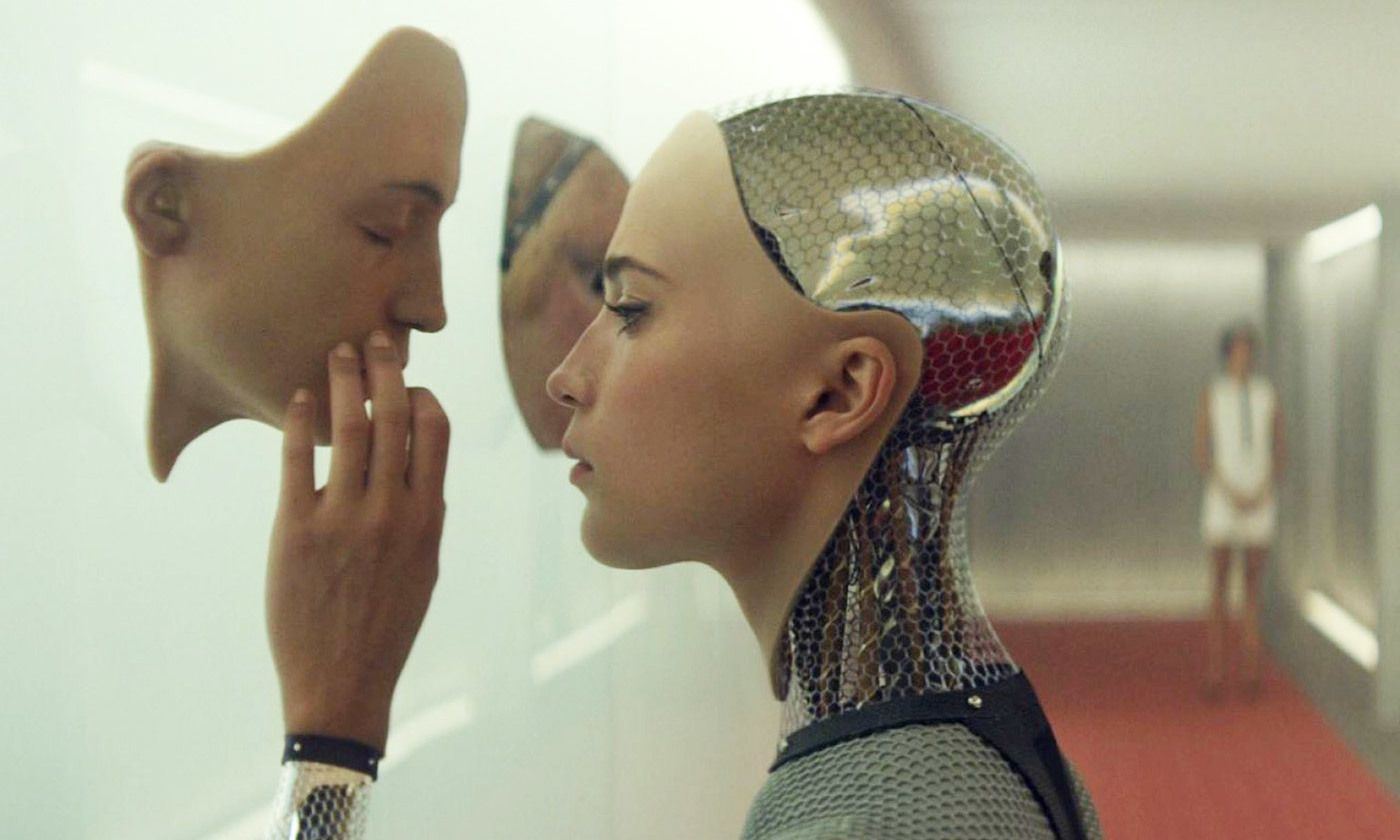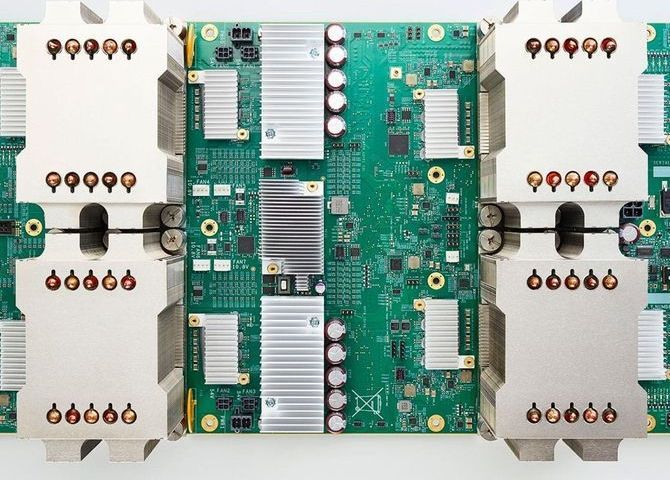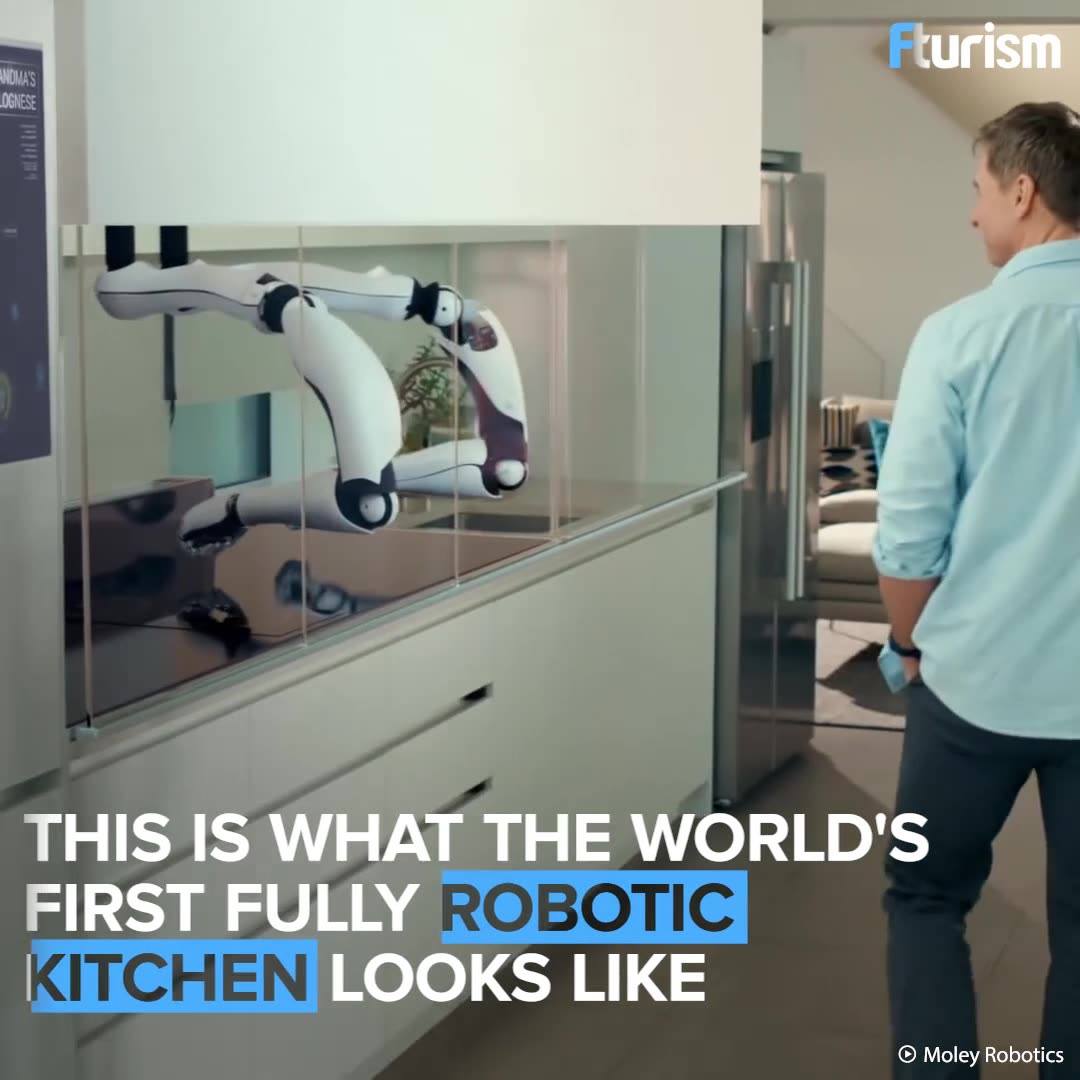Archive for the ‘robotics/AI’ category: Page 1609
Apr 16, 2018
Team develops face recognition technology that works in the dark
Posted by Genevieve Klien in categories: military, privacy, robotics/AI, surveillance
Army researchers have developed an artificial intelligence and machine learning technique that produces a visible face image from a thermal image of a person’s face captured in low-light or nighttime conditions. This development could lead to enhanced real-time biometrics and post-mission forensic analysis for covert nighttime operations.
Thermal cameras like FLIR, or Forward Looking Infrared, sensors are actively deployed on aerial and ground vehicles, in watch towers and at check points for surveillance purposes. More recently, thermal cameras are becoming available for use as body-worn cameras. The ability to perform automatic face recognition at nighttime using such thermal cameras is beneficial for informing a Soldier that an individual is someone of interest, like someone who may be on a watch list.
The motivations for this technology—developed by Drs. Benjamin S. Riggan, Nathaniel J. Short and Shuowen “Sean” Hu, from the U.S. Army Research Laboratory—are to enhance both automatic and human-matching capabilities.
Apr 16, 2018
Scientists have found a way to mimic human learning using brain chemicals — and it could impact future AI
Posted by Genevieve Klien in categories: futurism, robotics/AI
Serotonin influences the way humans make decisions. If scientists replicate this in an artificial intelligence system, depression could be a side-effect.
Apr 16, 2018
Robot cognition requires machines that both think and feel
Posted by Marcos Than Esponda in categories: robotics/AI, space travel
Most proposals for emotion in robots involve the addition of a separate ‘emotion module’ – some sort of bolted-on affective architecture that can influence othe…r abilities such as perception and cognition. The idea would be to give the agent access to an enriched set of properties, such as the urgency of an action or the meaning of facial expressions. These properties could help to determine issues such as which visual objects should be processed first, what memories should be recollected, and which decisions will lead to better outcomes.
For more than two millennia, Western thinkers have separated emotion from cognition – emotion being the poorer sibling of the two. Cognition helps to explain the nature of space-time and sends humans to the Moon. Emotion might save the lioness in the savannah, but it also makes humans act irrationally with disconcerting frequency.
In the quest to create intelligent robots, designers tend to focus on purely rational, cognitive capacities. It’s tempting to disregard emotion entirely, or include only as much as necessary. But without emotion to help determine the personal significance of objects and actions, I doubt that true intelligence can exist – not the kind that beats human opponents at chess or the game of Go, but the sort of smarts that we humans recognise as such. Although we can refer to certain behaviours as either ‘emotional’ or ‘cognitive’, this is really a linguistic short-cut. The two can’t be teased apart.
Continue reading “Robot cognition requires machines that both think and feel” »
Apr 15, 2018
AI chips are going to bring new brains to smart speakers, PCs, cars, and phones you can afford
Posted by Genevieve Klien in categories: mobile phones, robotics/AI, security, transportation
Processors with artificial intelligence will spread from today’s top-end phones to cars, PCs, security cameras, smart speakers and mainstream phones.
Apr 14, 2018
Becoming Transhuman: The Complicated Future of Robot and Advanced Sapient Rights
Posted by Zoltan Istvan in categories: cyborgs, robotics/AI, transhumanism
My article for the Cato Institute via Cato Unbound is out. Cato is one of the leading think tanks in the world, so I’m excited they are covering transhumanism:
Zoltan Istvan describes a complicated future when humans aren’t the only sapients around anymore. Citizenship for “Sophia” was a publicity stunt, but it won’t always be so. Istvan insists that if technology continues on the path it has traveled, then there is only one viable option ahead for humanity: We must merge with our creations and “go full cyborg.” If we do not, then machines may easily replace us.
Apr 14, 2018
A Spooky Quantum Experiment Creates What May Be the Most Entangled Controllable Device Yet
Posted by Genevieve Klien in categories: cybercrime/malcode, particle physics, quantum physics, robotics/AI
If you’ve read anything about quantum computers, you may have encountered the statement, “It’s like computing with zero and one at the same time.” That’s sort of true, but what makes quantum computers exciting is something spookier: entanglement.
A new quantum device entangles 20 quantum bits together at the same time, making it perhaps one of the most entangled, controllable devices yet. This is an important milestone in the quantum computing world, but it also shows just how much more work there is left to do before we can realize the general-purpose quantum computers of the future, which will be able to solve big problems relating to AI and cybersecurity that classical computers can’t.
“We’re now getting access to single-particle-control devices” with tens of qubits, study author Ben Lanyon from the Institute for Quantum Optics and Quantum Information in Austria told Gizmodo. Soon, “we can get to the level where we can create super-exotic quantum states and see how they behave in the lab. I think that’s very exciting.”
Apr 14, 2018
New Trojan Malware Could Mind-Control Neural Networks
Posted by Klaus Baldauf in categories: cybercrime/malcode, Elon Musk, robotics/AI, space
Each new technological breakthrough comes seemingly prepackaged with a new way for hackers to kill us all: self-driving cars, space-based weapons, and even nuclear security systems are vulnerable to someone with the right knowledge and a bit of code. Now, deep-learning artificial intelligence looks like the next big threat, and not because it will gain sentience to murder us with robots (as Elon Musk has warned): a group of computer scientists from the US and China recently published a paper proposing the first-ever trojan for a neural network.
Neural networks are the primary tool used in AI to accomplish “deep learning,” which has allowed AIs to master complex tasks like playing chess and Go. Neural networks function similar to a human brain, which is how they got the name. Information passes through layers of neuron-like connections, which then analyze the information and spit out a response. These networks can pull off difficult tasks like image recognition, including identifying faces and objects, which makes them useful for self-driving cars (to identify stop signs and pedestrians) and security (which may involve identifying an authorized user’s face). Neural networks are relatively novel pieces of tech and aren’t commonly used by the public yet but, as deep-learning AI becomes more prevalent, it will likely become an appealing target for hackers.
The trojan proposed in the paper, called “PoTrojan,” could be included in a neural network product either from the beginning or inserted later as a slight modification. Like a normal trojan, it looks like a normal piece of the software, doesn’t copy itself, and doesn’t do much of anything… Until the right triggers happen. Once the right inputs are activated in a neural network, this trojan hijacks the operation and injects its own train of “thought,” making sure the network spits out the answer it wants. This could take the form of rejecting the face of a genuine user and denying them access to their device, or purposefully failing to recognize a stop sign to create a car crash.
Continue reading “New Trojan Malware Could Mind-Control Neural Networks” »
Apr 14, 2018
China could become a major space power by 2050
Posted by Klaus Baldauf in categories: robotics/AI, space
China’s comprehensive space plans—including launches, robotic moon bases, and interplanetary manned missions—will make the country a major space power by 2050.

















